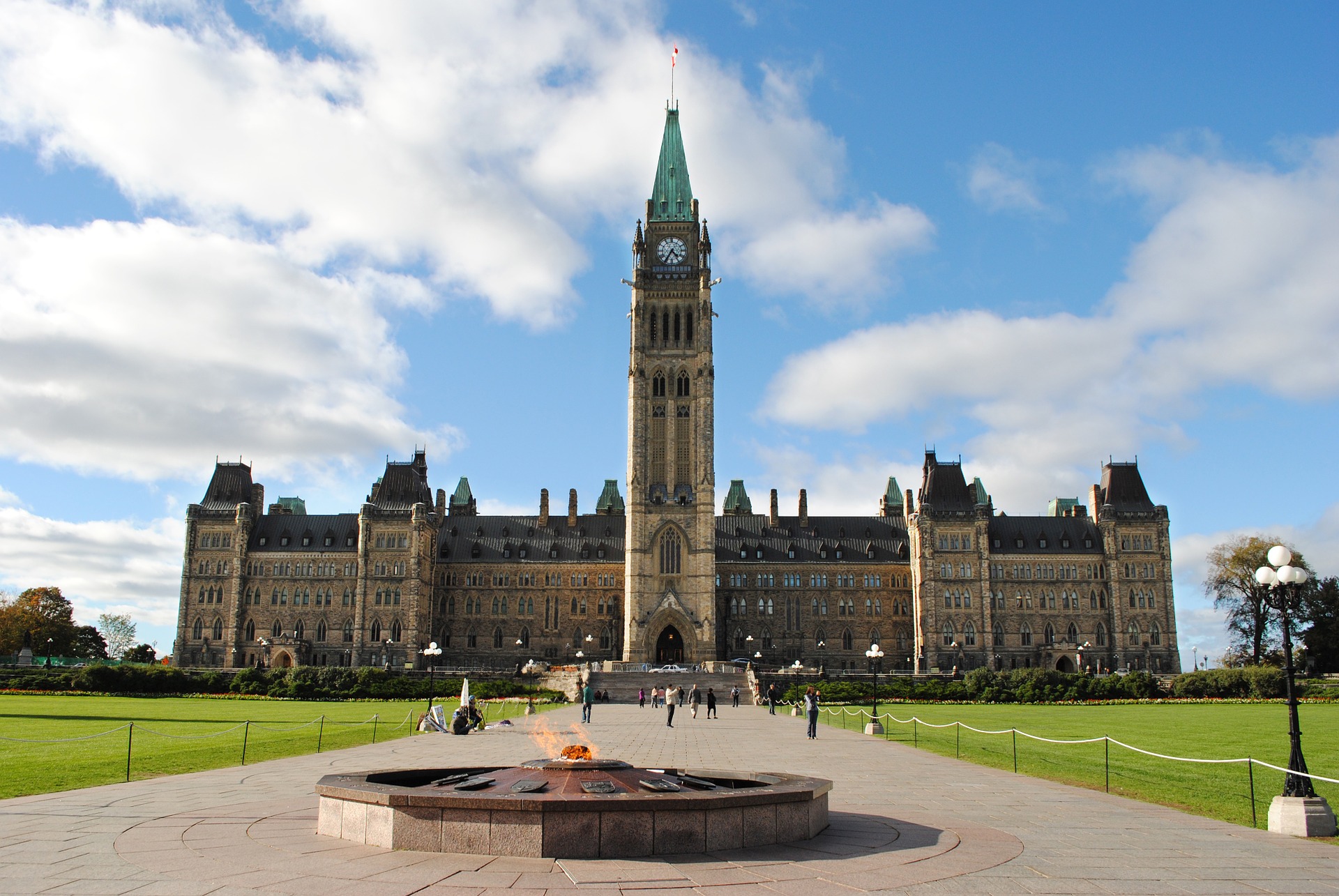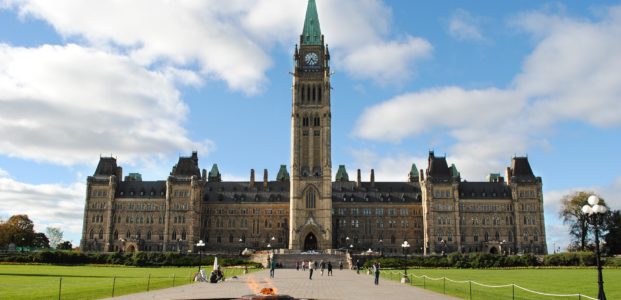In early 2015, then New Democratic Party member of Nova Scotia’s legislative assembly, Lenore Zann, collaborated with Dr. Ingrid Waldron of Dalhousie University on the first environmental racism private members bill in Canada. The Environmental Racism Prevention Act (Bill 111) was introduced to the Nova Scotia legislature, but it never ended up being adopted as legislation.
In February 2020, Zann, who is now a member of Parliament for the federal Liberal Party, revised Bill 111 and introduced it as a federal bill titled the National Strategy to Redress Environmental Racism Act (Bill C-230).
Bill C-230
The Bill “requires the Minister of the Environment, in consultation with representatives of provincial and municipal governments, of Indigenous communities and of other affected communities, to develop a national strategy to promote efforts across Canada to redress the harm caused by environmental racism. It also provides for reporting requirements in relation to the strategy.”
The content of the national strategy is also outlined in the bill and must include measures to:
Examine the link between race and environmental risk;
Collect information and statistics relating to the location of environmental hazards;
Collect information and statistics relating to negative health outcomes;
Assess the administration and enforcement of environmental laws in each province; and
Address possible amendments to federal laws, the involvement of community groups in environmental policy making, compensation and ongoing funding for affected communities, and access to clean air and water.
Bill C-230 was introduced during the 1st session of the 43rd Parliament on February 26, 2020. It was placed on the order of precedence on February 27, 2020. Unfortunately, COVID-19 shut down the House of Commons for five weeks and the bill never made it to a second reading.
The Bill was reinstated from the previous session on September 23, 2020 and had its second reading completed on March 24, 2021. It was referred to a committee, which presented its report along with amendments to the Act on June 22, 2021. The third reading was not reached before the end of the session due to the upcoming federal election.
With a new session starting on November 22, there are calls on the House to reinstate the Bill once again. Four of the five major political parties in Canada have voiced their support for the bill and it reached an overwhelming majority vote after its second reading earlier this year.
If the Bill is passed, it would not only be an opportunity for Canada to show its commitment to addressing environmental racism and reconciliation, but Canada would be one of the first countries in the world to require the government to develop a national strategy to tackle environmental racism. Although it is only one piece in the larger puzzle that is addressing reconciliation and climate change in this country, it is an important step in the right direction.


